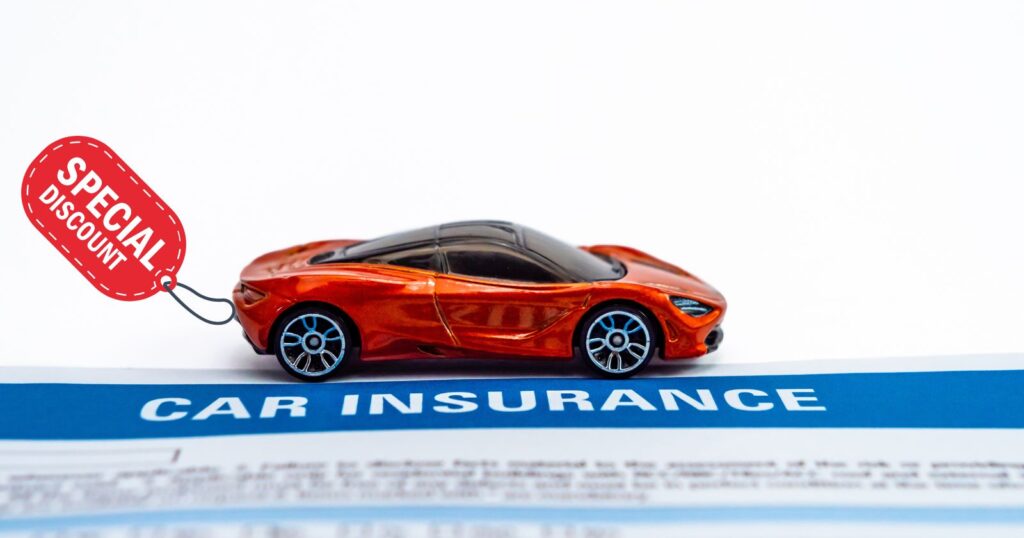How to Calculate Car Insurance: A Comprehensive Guide
Table of contents

Embarking on the journey to understand car insurance costs can often seem like navigating through a maze, where a myriad of factors come into play, each significantly shaping the ultimate quote you receive. This comprehensive guide is meticulously designed to unravel the complexities of how to calculate car insurance premiums. By delving into this exploration, you’ll be armed with the necessary insights to navigate the intricacies of car insurance, enabling you to make well-informed choices regarding your coverage options.
Understanding the Basics of Car Insurance Rates

Car insurance calculations are more than just numbers; they reflect the insurer’s assessment of the risk involved in insuring you. The lower the perceived risk, the lower your premiums, and vice versa.
What Affects Your Car Insurance Premium?
| Factor | Impact on Premium |
|---|---|
| Vehicle Specifications | Safety features, make, and model significantly impact rates; high-performance vehicles have higher premiums. |
| Driver’s Profile | Age, gender, and driving history are crucial; younger drivers, especially teenagers, face higher premiums. |
| Geographical Location | Residence affects premium; urban areas with high traffic and theft rates have higher costs. |
| Type of Coverage | Choice between minimum state-required coverage or comprehensive coverage drastically changes premium. |
| Credit History | Credit scores are used as an indicator of risk, affecting insurance costs. |
Steps to Estimate Your Car Insurance

Estimating car insurance premiums is a critical step in financial planning. This section expands on the steps necessary to accurately calculate your potential insurance costs.
Step 1: Identify Your Coverage Requirements
The first step in calculating your car insurance is to determine the type of coverage you need. The primary categories include:
- Comprehensive coverage: Protects against non-collision incidents like theft, fire, or natural disasters.
- Collision coverage: Covers damages to your vehicle from accidents with other cars or objects.
- Liability coverage: Essential for covering damages or injuries you may cause to others in an accident.
Your choice among these options will greatly affect your insurance premiums, with comprehensive and collision coverages typically costing more due to their broader protection.
Step 2: Collect Relevant Information

To get an accurate estimate of your car insurance premiums, you need to compile detailed information about both the driver(s) and the vehicle(s) to be insured. This includes:
- The make, model, and year of your vehicle(s), as newer or luxury cars might have higher insurance costs.
- Personal information such as your age, driving history, and even credit score, as these can influence risk assessment and thus your premium.
- The location where you live and park your car, since areas with high theft rates or dense traffic might see higher insurance costs.
Step 3: Understand the Deductible’s Role
The deductible is the amount you agree to pay out of pocket before your insurance coverage kicks in. Opting for a higher deductible can significantly lower your monthly premiums, but it’s crucial to choose a deductible amount that you can afford in case of a claim.
Step 4: Utilize Online Calculators

With your coverage needs identified and your information at hand, online calculators can provide a quick estimate of your potential insurance costs. While these estimates are not final, they give you a baseline to work from, using algorithms that consider the general factors affecting car insurance rates.
Step 5: Obtain Quotes
The final step for an accurate car insurance estimate is to obtain quotes from multiple insurance providers. This process involves:
- Submitting your information to insurers or using an insurance comparison website.
- Reviewing each quote to ensure you’re comparing similar levels of coverage.
- Considering the reputation and customer service of each insurer, not just the price.
Comparing quotes from different insurers is crucial, as premiums can vary significantly for the same coverage. Ensure the quotes are for equivalent coverage levels to make a proper comparison.
Discounts and Their Role in Lowering Premiums

Insurance companies offer various discounts that can lower your premiums. These may include safe driving discounts, bundled policies, or discounts for anti-theft devices.
Unpacking Discounts
- Safe Driving Discounts: For those with clean driving records.
- Bundling Policies: Combining car insurance with home or renters insurance.
- Anti-theft Devices: Installing security systems in your vehicle.
Full Coverage vs. State Minimums: A Comparison

Understanding the distinction between full coverage and state minimums is crucial for any car owner making insurance decisions. Full coverage insurance encompasses comprehensive and collision protection, offering a safety net against a wide range of incidents, from accidents to theft. This extensive coverage ensures peace of mind but comes at a higher premium, reflecting the broad spectrum of risks covered by the insurer.
Conversely, state minimum insurance requirements generally focus on liability coverage only, which pays for damage and injuries you cause to others. While this option is more budget-friendly, it provides limited protection, leaving your own vehicle and personal injuries uncovered. Opting for state minimums can be a gamble, potentially resulting in significant out-of-pocket expenses if you’re involved in an accident that exceeds your coverage.
Final Thoughts on How to Calculate Car Insurance
Learning how to calculate car insurance premiums requires a blend of understanding key influencing factors and leveraging tools and resources to get accurate estimates. Remember, the cheapest option isn’t always the best. Prioritize finding a policy that offers sufficient coverage and aligns with your financial capability.







